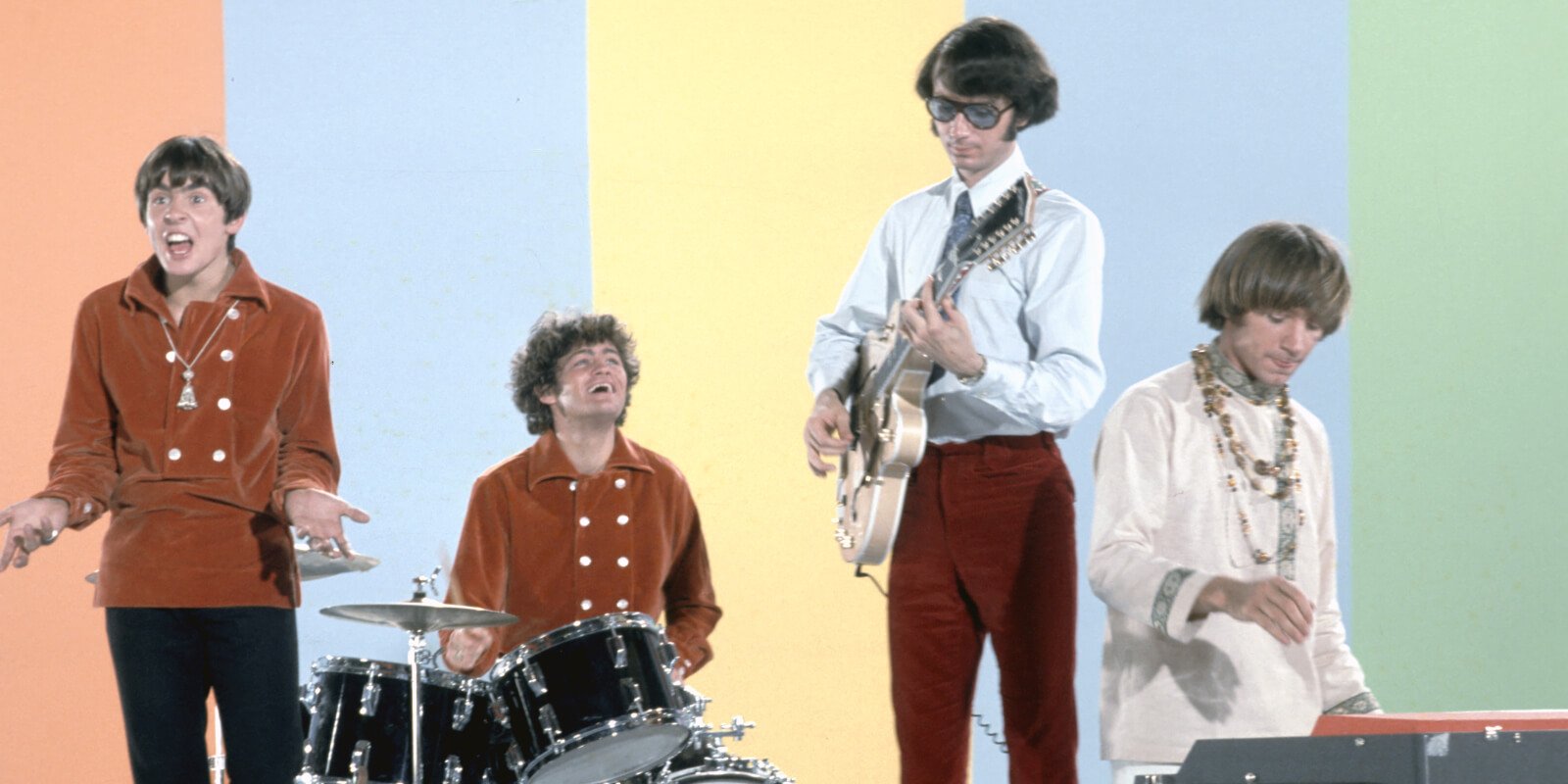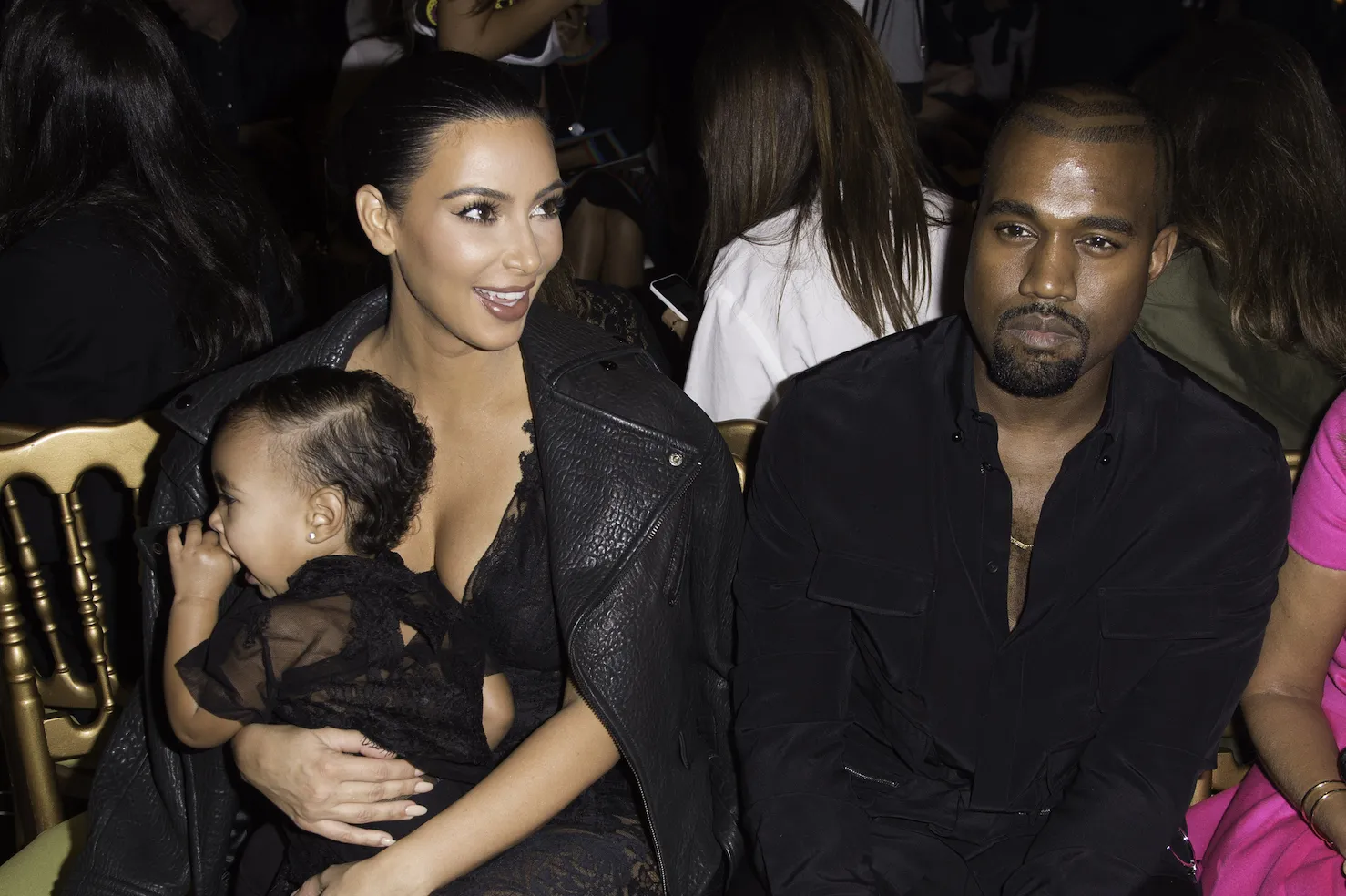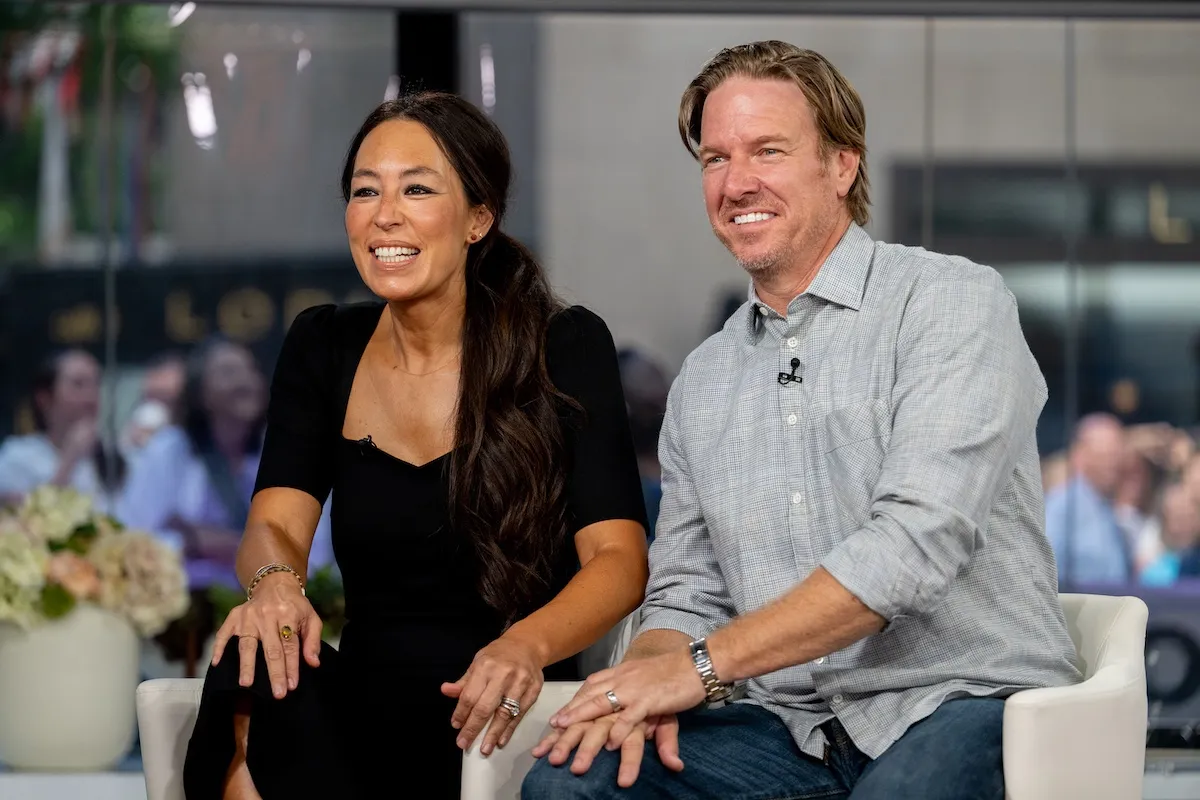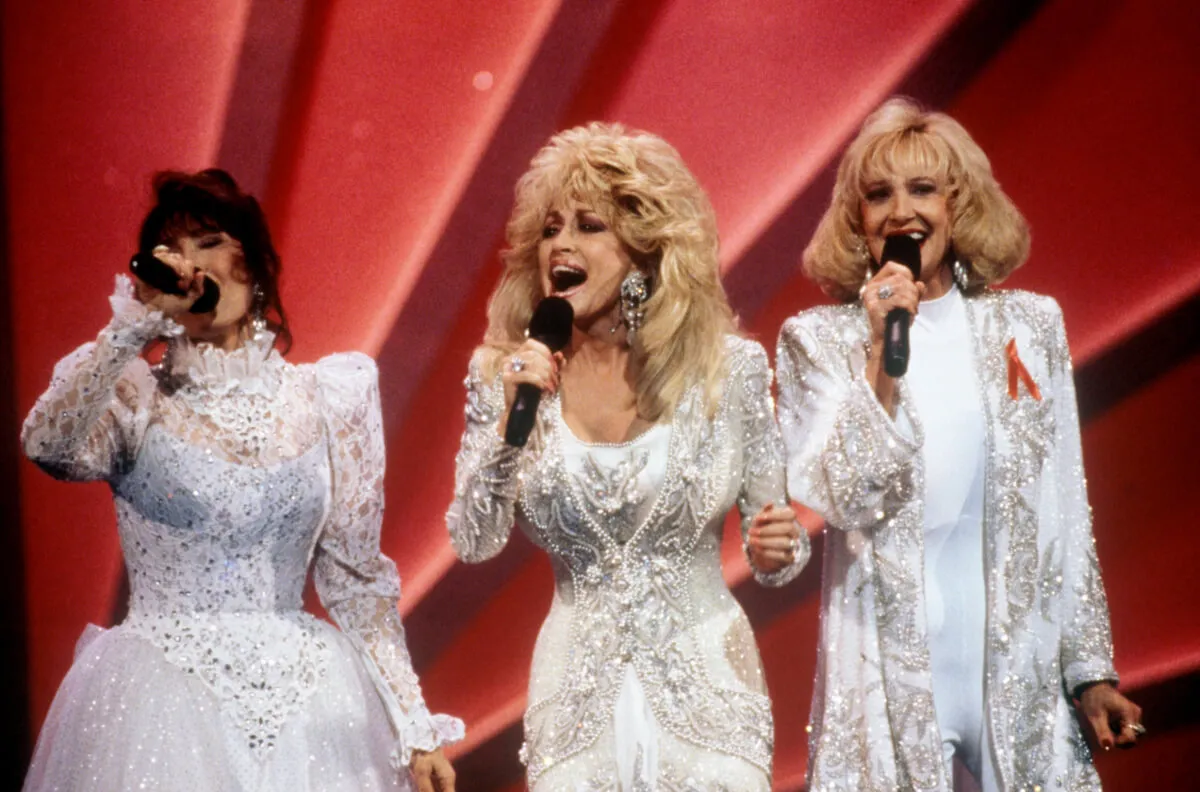
Davy Jones Embraced The Monkees Best Bubblegum Hits: ‘That’s What We Were, Thank You Very Much’
Davy Jones didn’t shy away from The Monkees’ bubblegum music. He took to heart the name of the music that delivered catchy, upbeat songs for young audiences in the late ‘60s and beyond. However, Jones embraced The Monkees’ best bubblegum hits, saying of the genre, “that’s what we were, thank you very much.”

Davy Jones and The Monkees created some of the greatest bubblegum hits of the 1960s
The Monkees’ music may have been created to supplement the idea of a television show which aired on NBC beginning in 1966. However, although Don Kirshner’s push to consistently use his songwriting stable to produce hits and generate massive success for Peter Tork, Davy Jones, Mike Nesmith, and Micky Dolenz fought back against claims they didn’t have any natural musical talent.
However, before taking the lead on their third album, Headquarters, by writing and producing their own material, The Monkees were given the gift of some of the greatest bubblegum hits of their early career.
Songs like “I’m a Believer,” “Last Train to Clarksville,” and “Daydream Believer” became some of the group’s most significant early works, falling into that sweet spot of 1960s bubblegum music. Their first two albums, The Monkees and More of The Monkees, also contained feel-good hits beloved by a generation of music fans.
However, as their career progressed, Davy Jones always had a soft spot for the bubblegum hits that put The Monkees on the music map.
Davy Jones embraced The Monkees bubblegum music, ‘That’s what we were’
In an interview for Tom Right Turns website, Davy Jones appeared to embrace The Monkees’ early bubblegum hits. He understood that was the music fans initially responded to, and these early hits helped propel the group’s industry presence.
Jones doesn’t hesitate to use call The Monkees’ early hits bubble gum music. He embraced the term.
“That’s what it was,” he said. “Bubblegum was happening then. Listen to the soundtrack of [the 1998 film] Good Morning, Vietnam. There are a few bubble gum songs on there. The troops even enjoyed them. Bubble gum? It doesn’t bother me. That’s what we were, thank you very much.”
Davy cited ‘time’ as the reason for the band not recording more original music early on
In The Monkees’ early beginnings as both a band and television series, time was the one luxury Jones, Dolenz, Nesmith, and Tork didn’t have. During the week, they filmed the television series. After filming, the four went into the studio to record vocals. On weekends, they toured.
As for all the fuss about The Monkees not playing their own instruments on their first two recordings? Jones said the experience bothered him initially but later realized it was for the best.
“It bothered me at first because all I wanted to do was fight,” Jones said. “Then I thought, `It’s true. We go down into the studio and cut an album without playing instruments because we don’t have time.’”
The Monkees rectified their musician conundrum upon releasing their third album, Headquarters. It was the first complete album where they had full music control over its contents. The band would record six albums as a foursome before Peter Tork left the group in 1969.


